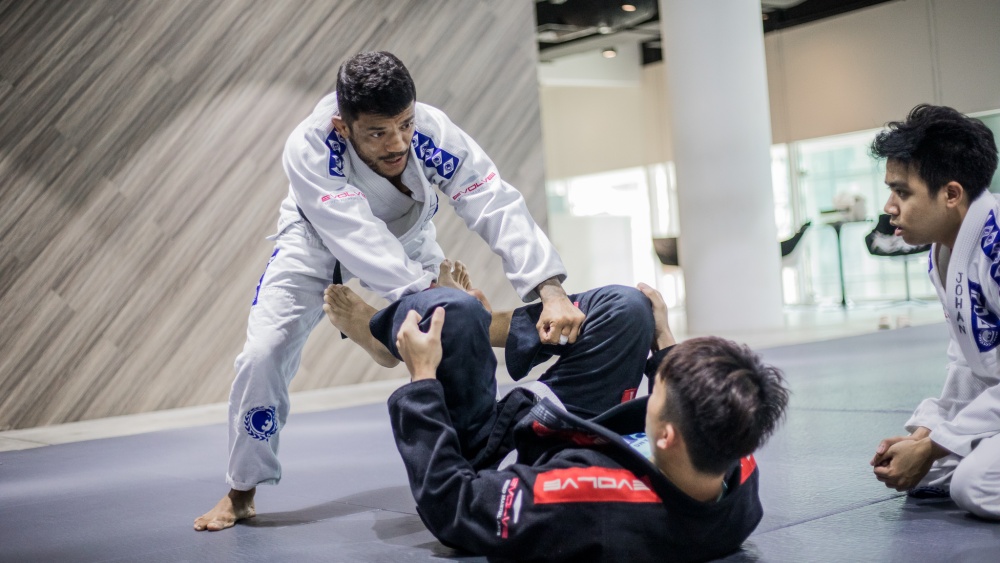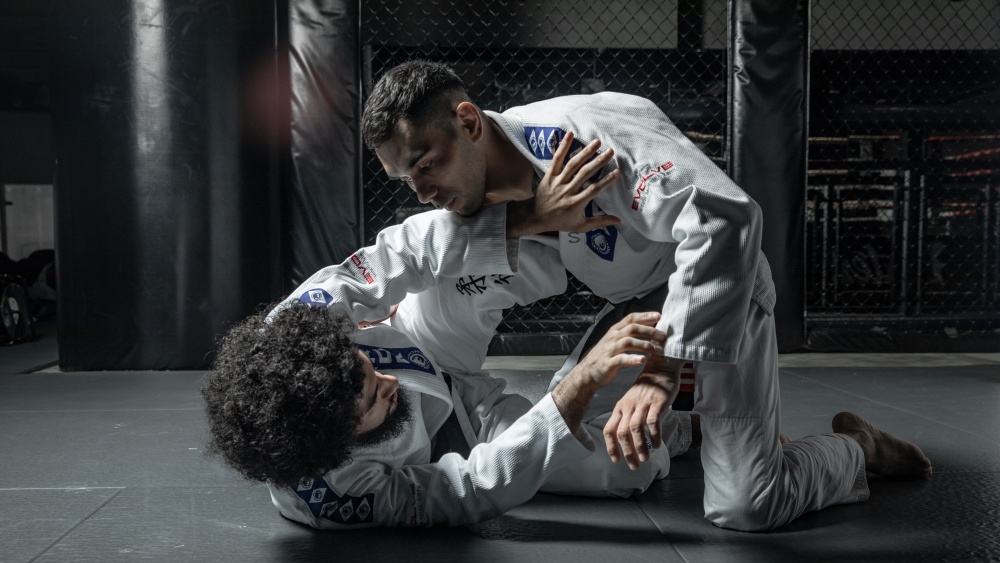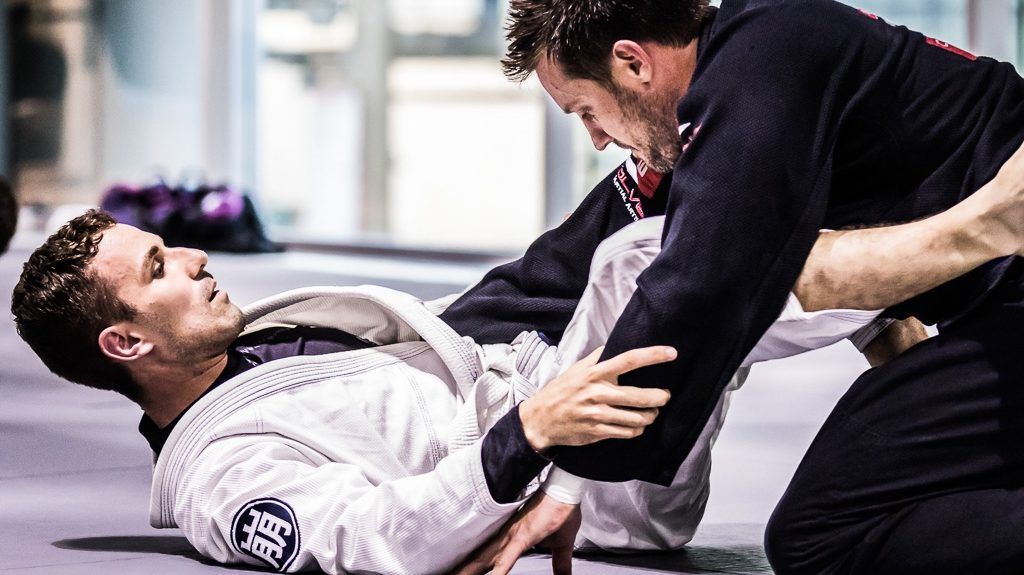To become a well-rounded grappler, one must incorporate the guard as an integral part of their game. Guard work is one of the most essential skills a Jiu-Jitsu practitioner should master to take their game to the next level. As with all positions, the guard has offensive and defensive aspects, and it is our responsibility to explore them as much as possible. In this article, we will talk about how to improve your guard retention in BJJ.
What Is Guard Retention In BJJ?
For beginners, guard retention is most likely the most challenging skill to learn. Guard retention pertains to concepts, movements, and tactics grapplers perform to prevent the top player from passing the guard. These concepts are very nuanced, and it takes years of continuous practice to understand them fully.
Guard retention is necessary because it prevents opponents from advancing to compromising positions where they can pin or submit you. If the opponent passes your guard, it will be almost impossible to sweep them. You can fight your way back to guard by switching to other positions, but retaining your guard is by far the safer approach.
This means that having a developed guard game should be an important aspect of your overall game. Building a good defensive guard requires countless hours on the mats and lots of trial and error. Be prepared to get smashed a lot and keep your ego in check as you learn the ropes.
How To Improve Your Guard Retention
According to Danaher, the entire bottom game of Jiu-Jitsu is based on your ability to get to guard and keep it long enough to transition to effective attacks against the opponent. While athleticism and flexibility may help a beginner to a certain degree, they will not be effective on their own, especially against an experienced opponent.
Below are five tips that will help you improve your guard retention in BJJ.
1) Make Your Upper Body Follow Your Lower Body

One of the most crucial aspects of guard retention is ensuring that your upper body follows your lower body. Using the knee cut pass as an example, if the opponent is trying to pin your leg on the mat, they are separating your upper body from your lower body. If you can ensure your upper body tracks your lower body, it will be hard for the opponent to even enter the knee cut and advance, making it easier to push them away with your feet. This requires flexibility and proper body positioning.
Another example is if the opponent throws your legs to the side, like in the toreando pass. If the opponent throws your legs to the right, take your upper body towards your lower body to the right so that everything is aligned and your lower body isn’t separated, not exposing the gap between your torso.
2) Keep Your Knees To Your Chest

An important tip is to keep your knees to your chest. Anytime you open the space between your knees and your chest, the opponent can block your knee, thus giving them space to pass. The knees-to-your-chest concept does not mean that you simply put your knees to your chest, as this provides the opponent access to your torso. If the opponent is to step around to your side to apply a knee ride, your guard will get passed. Place your knee just beside your rib cage, outside and below your shoulder. Beginners often make the mistake of reaching and extending their legs to their opponent, allowing them to clear their legs out of the way and pass. Remember to keep your knees tight to your chest if you are in defensive mode.
3) High Pummel
The high pummel is a better alternative to the hip escape. An issue with the standard hip escape, where you shoot your hips back to create distance and turn towards your opponent, is that you separate your knees from your chest. The high pummel still maintains your knee to your chest but helps create distance from the opponent.
Like how you apply a shallow lasso hook, the high pummel uses your outside leg (the leg being pinned) to come all the way to the top while using your elbow and your hip swing to bring your hips out and face the opponent. It is a move that you can translate to many areas of guard retention when defending against different types of passes.
4) Have One Leg High And One Leg Low

If both your legs are down, they become very easy to control and will leave you open to attacks. The opponent can just hold the legs, move around, and give you trouble getting them back. Putting one foot high and one foot low will force the opponent to change their grip on the high foot, which puts them out of position. This makes it easier to pummel and recover if the opponent wants to turn you down, allowing you to spin and recover back to the guard.
5) Keep A Frame
Keeping a frame between you and the opponent when playing guard is critical. Framing with your feet and blocking near the opponent’s biceps or shoulder will make it hard for them to progress forward, close the distance, and connect chest to chest. The frames will also make it hard for the opponent to move around. Contrary to the knee-to-chest position, where the opponent controls your legs as you defend, in the feet-to-biceps concept, you are in control of the opponent, allowing you to stretch out and start setting up attacks.
Conclusion
Guard retention is one of the most challenging skills to master in Brazilian Jiu-Jitsu. Even if you are not a guard player, we encourage you to learn this skill so that you’ll have the right tools to keep yourself safe once you are forced to defend. Study the steps we outlined in this post, and you’ll be on your way to becoming a great bottom player.
You may also like:
















